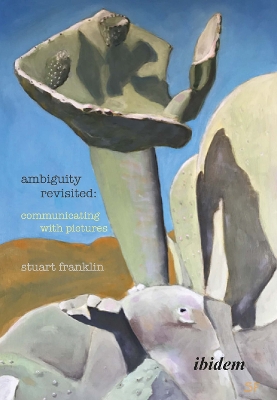Ambiguity Revisited is concerned with the manner in which pictures communicate with the spectator. Its focus lies in those fluid, indeterminate spaces where our reading of images, in art and photography, exercises and draws upon our imagination, memory, and experience. Sir William Empsons seminal (1930) text: Seven Types of Ambiguity is used as a springboard to discussion, towards a fresh way of exploring ambiguity beyond English literature, and in a broader framework to that contained in John Bergers (1989) Another Way of Telling. The use of ambiguity in art and photography, as in literature, is both a conscious and an unconscious act; and ambiguity influences the way in which we respond to work, from Leonardo da Vincis portraits to the photographer William Egglestons engaging and idiosyncratic reflections on Americas Deep South. This ambiguity is a force for good, or at least one to be reckoned with, due to its participatory nature in actively engaging with, or masking itself from, the viewer. Ambiguity is infrequently discussed but is highly relevant as an expressive device. It holds a position at the core of communication within the visual arts. As society becomes influenced increasingly by communications delivered in a visual form, so we, the consumers, require tools, more than ever, to engage with the work.
- ISBN10 3838213890
- ISBN13 9783838213897
- Publish Date 30 April 2020
- Publish Status Active
- Publish Country DE
- Imprint ibidem-Verlag, Jessica Haunschild u Christian Schon
- Format Hardcover
- Pages 258
- Language English
